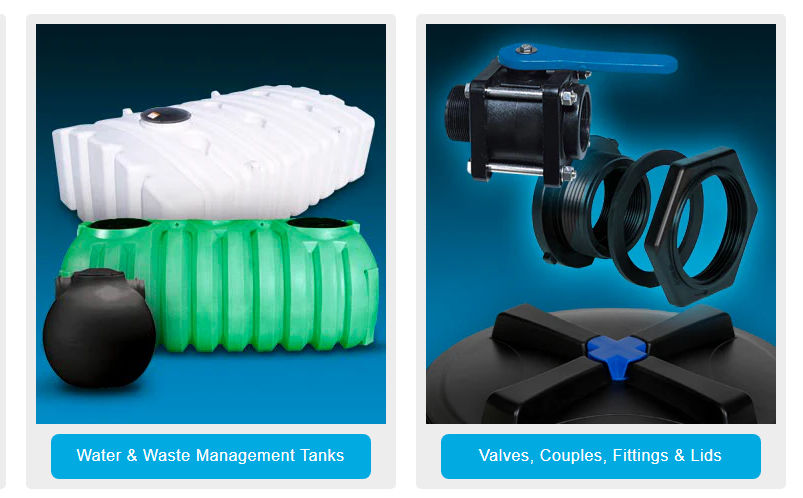Storage tanks play a crucial role in various industries, from agriculture to water treatment. Ensuring these tanks are equipped with the right fittings and safety measures can significantly improve their longevity and performance. This article offers practical insights into tank fittings, corrosion resistance, and earthquake safety, with a focus on solutions tailored for California’s unique needs.
1. Understanding the Importance of Tank Fittings
Tank fittings are essential for connecting tanks to pipelines, valves, and other equipment. High-quality fittings ensure leak-free connections, enhanced durability, and optimal performance. Stainless steel fittings, like those available at Rhino Tank Fittings. are particularly beneficial due to their resistance to corrosion and wear.
2. Choosing the Right Material
One of the most critical considerations when selecting tank fittings is the material. The most common materials include:
- Stainless Steel: Known for its corrosion resistance and strength, stainless steel is ideal for both chemical storage and potable water tanks.
- Polypropylene: A cost-effective option for light-duty applications.
- Brass: Suitable for applications requiring moderate strength and corrosion resistance.
For industries in California, where diverse environmental conditions exist, stainless steel is often the preferred choice due to its durability in coastal and industrial environments.
3. Seismic Restraint Systems for Earthquake Safety
California’s location along major fault lines makes earthquake preparedness a priority. Installing seismic restraint systems for storage tanks can prevent catastrophic damage and leaks during seismic events. Key features of these systems include:
- Anchoring Systems: Secure the tank to its foundation, reducing movement.
- Flexible Connections: Accommodate slight shifts without causing damage to pipes or fittings.
- Structural Reinforcements: Enhance the overall stability of the tank.
Consulting with experts, such as those at Rhino Tank Fittings. ensures compliance with local seismic safety regulations.
4. Preventing Corrosion in Storage Tanks
Corrosion is one of the most common threats to the integrity of storage tanks and their fittings. To combat this issue:
- Choose Corrosion-Resistant Materials: Stainless steel and coated fittings offer superior protection.
- Regular Inspections: Check for signs of rust or degradation.
- Apply Protective Coatings: Use coatings like epoxy or rubber linings for additional defense.
By investing in high-quality components, businesses can reduce maintenance costs and extend the life of their storage tanks.
5. Tips for Proper Installation of Tank Fittings
Proper installation is vital to avoid leaks and ensure the efficiency of storage tanks. Follow these steps:
- Clean All Surfaces: Ensure the tank and fitting surfaces are free of debris before installation.
- Use Sealants or Gaskets: These provide a tight seal and prevent leaks.
- Avoid Over-Tightening: Excessive force can damage threads or compromise the fitting’s integrity.
- Follow Manufacturer Guidelines: Refer to the instructions provided for each specific fitting.
6. Environmental Considerations in California
California’s climate and regulatory environment demand specific adaptations for storage tanks:
- Drought-Resistant Solutions: Tanks used for water storage should prioritize durability and ease of maintenance.
- Environmental Compliance: Ensure your fittings meet California’s strict environmental standards.
7. The Role of Maintenance in Tank Safety
Regular maintenance is key to preventing costly repairs and downtime. Schedule periodic inspections to:
- Identify wear and tear on fittings.
- Check for leaks or signs of corrosion.
- Test seismic restraint systems for stability.
Conclusion
Selecting the right tank fittings and implementing robust safety measures are essential for optimal storage tank performance. Businesses in California can greatly benefit from corrosion-resistant materials, seismic restraint systems, and proper maintenance practices. To explore top-quality solutions, visit Rhino Tank Fittings and ensure your tanks are equipped for both performance and safety.




